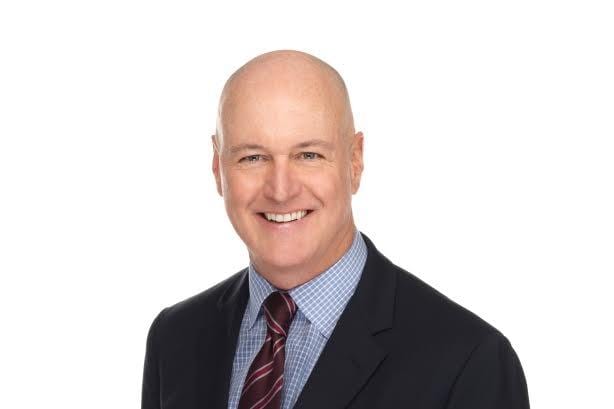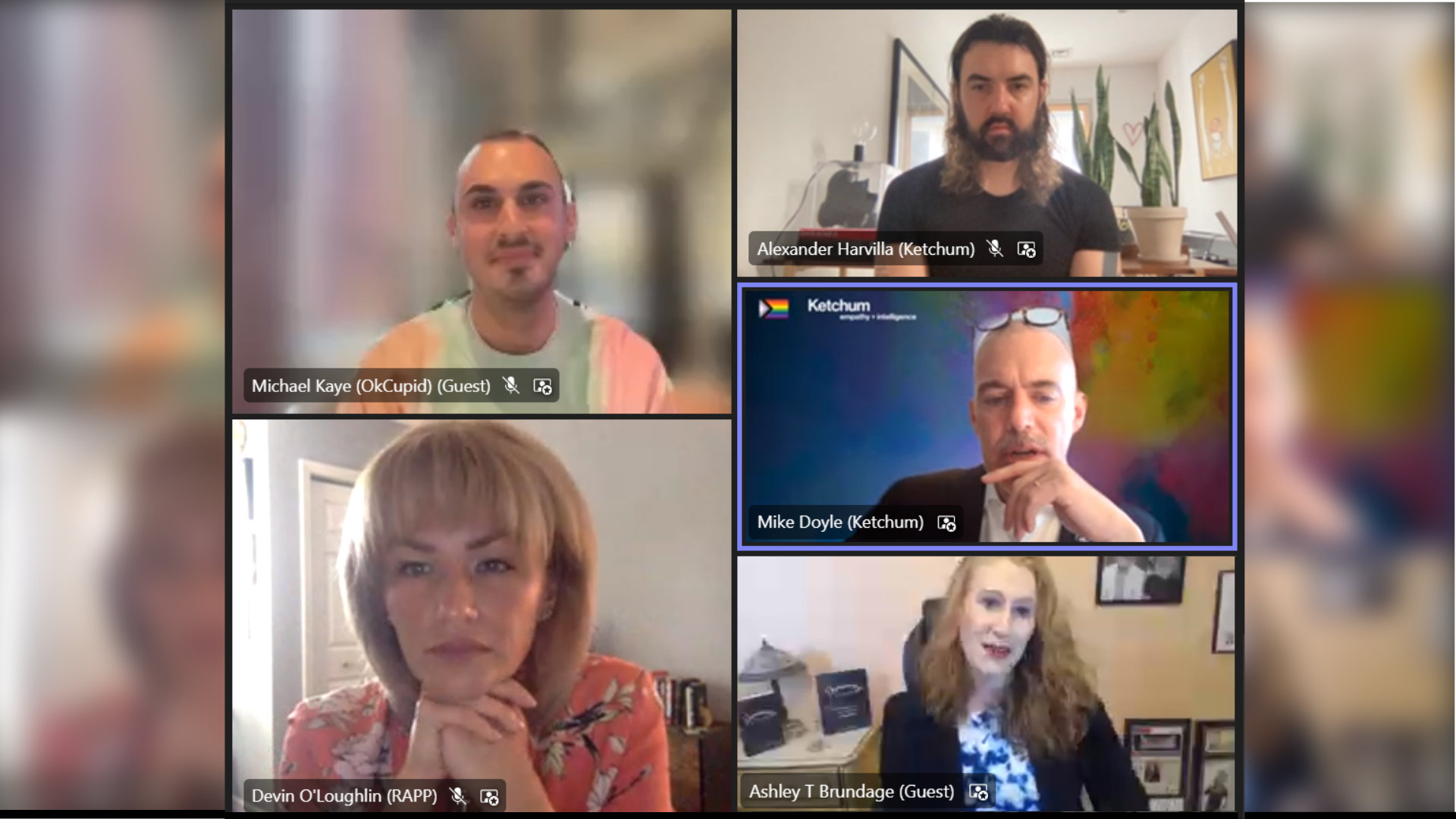If you’re old enough to have experienced, directly or indirectly, the terrorist attacks of September 11th, 2001, you may have been asked over the years “Where were you on 9/11?” For people in New York, Washington D.C. or rural Pennsylvania, that question has a singular resonance. In my case, the answer is simple: “At Ketchum.” Where else would I have been on a Tuesday morning?

When the first plane hit the North Tower, our New York Leadership Team immediately left our meeting and joined our colleagues in front of the television screens, speculating about what we were witnessing. Minutes later we watched the second airliner strike the South Tower. Screams were quickly replaced by shock that ultimately became fear as the enormity of the tragedy began to take shape.
Many of us had family and friends working in those towers or in the adjacent buildings that made up the World Trade Center. They were landmarks and now they were gone. It was impossible to wrap your head around it. Who did this? Why did the buildings fall? How many people perished? It would be weeks before any answers were available.
Early on I managed to connect with my wife to say I was fine; she called my parents so I could put that worry aside. I received several calls from clients who wanted to ensure we were safe and pledge their support.
After 20 years, I don’t think about that day often, but when I do, I can summon vivid memories, feelings, sights and sound in an instant. The day was perfect — a bluebird sky. After the attacks, the city was nearly silent. Not a Sunday quiet but no planes or cabs and almost no people. It added to the macabre experience.
Walking Home
After a few hours we saw the first people covered in dust, walking north through Midtown; they had been downtown when the Towers fell. One of them was the husband of our head of HR, who was the first person we spoke to who’d been in the epicenter of the attack and fallout. After some debate, we made the decision to keep the staff in the building until we felt it was safer to let them leave. We ordered dozens of pizzas to feed the office and ultimately planned to send our city-dwelling colleagues out in groups by neighborhood, so they could walk home together since all transit was at a standstill. Subways and commuter trains began running again and our suburbanite colleagues then found their way home. I arrived home to the heart-stopping scene of a transit parking lot half full of cars. How many of those cars belonged to people who would never be returning home? We just didn’t know.
Returning to Work
In the days that followed, some people tried to get back to work in effort to focus on something else. It was nearly impossible — even experts at compartmentalizing couldn’t cope with the unfolding tragedy. We were the agency of record for the New York Stock Exchange at that time and had to jump into action when the Exchange closed for only the third time in history. Its reopening on September 17th was one of the important signs of resilience in the days following the attack, and we were honored to be part of such a historic moment. Additionally our FedEx Team was immediately called into action because the entire air freight network was grounded. Tamara Norman and Kiersten Zweibaum helped them manage that reality, particularly in communicating the security measures being taken to protect against future attacks and work toward reopening. Over the next six months, we spent much of our time with clients advising them on how to calibrate their story in this new reality and helping them project empathy while taking small steps back to normal.
Not every company reacted the same way. The previous week we had pitched a highly sought-after seven-figure client. As the morning of 9/11 unfolded, I called the prospect to let him know that it would be difficult to send our post-pitch follow-up on deadline. He replied, “the deadline stands”. I blurted out that we would be missing that deadline and hung up the phone. Then I panicked, assuming I had just walked away from an important piece of business. I ran to my boss’s office and fessed up. Thankfully she felt I had done the right thing. Apparently, the company received a similar response from the other agencies and the process was pushed back. Business as usual wouldn’t be an option for many months.
I have friends who are firefighters who worked the “pile,” as the wreckage of the towers came to be called, and attended funerals for the 400-plus fellow first responders who died that day. People were impacted by the physical and mental toll of 9/11 for years to come. If you ever have an opportunity to visit the World Trade Center Memorial and Museum please do, it’s a moving tribute to both heroes and victims. Never Forget became a rallying cry for the rebuilding and the sacrifice and heroism of that day. What I’ll never forget is how quickly people came to others’ aid and the unifying feeling that created. Those are lessons we can all benefit from and bring into our current lives.



